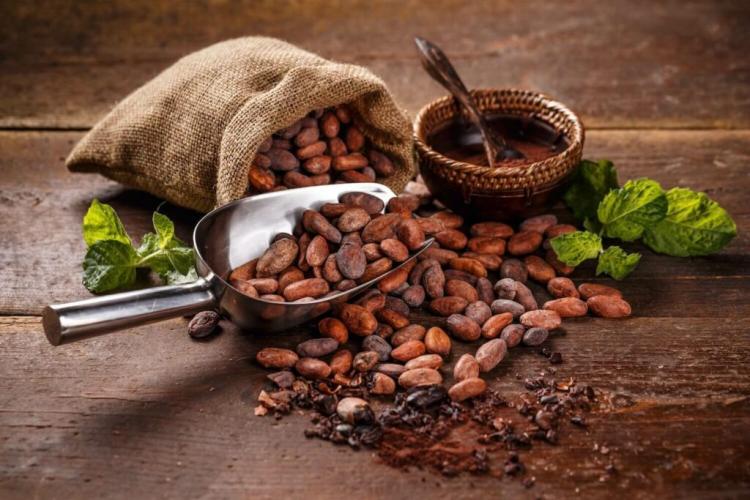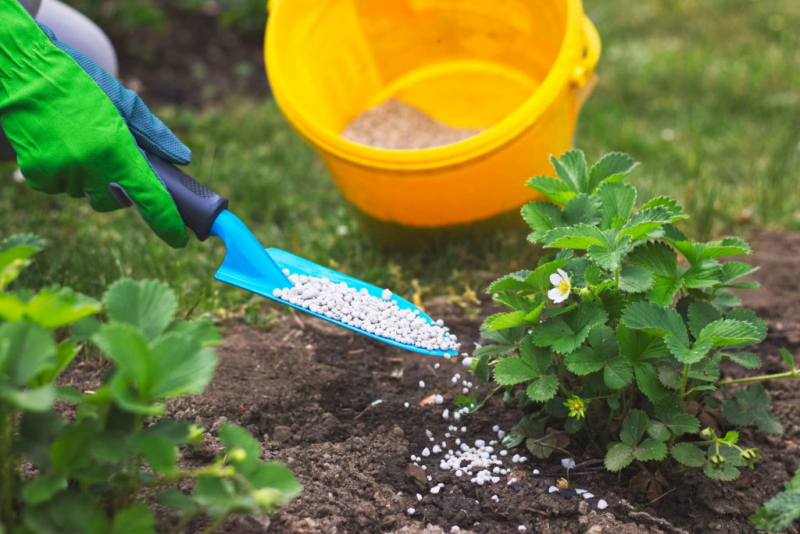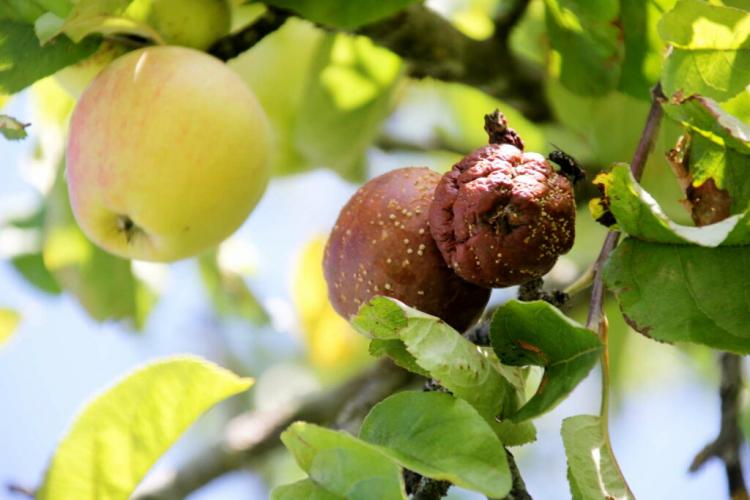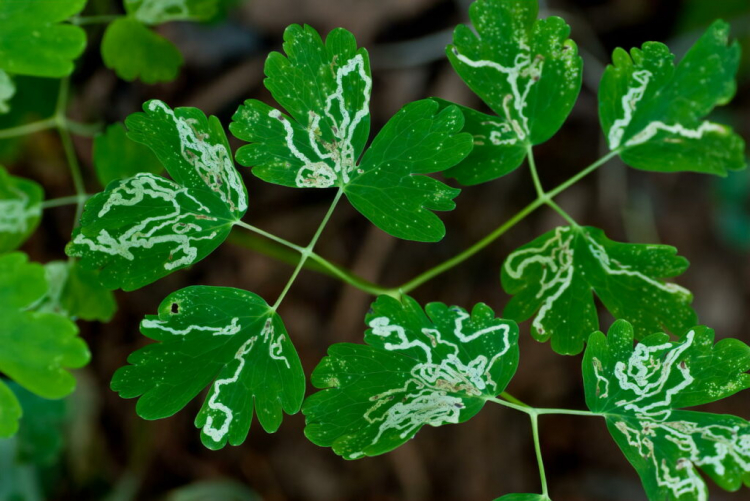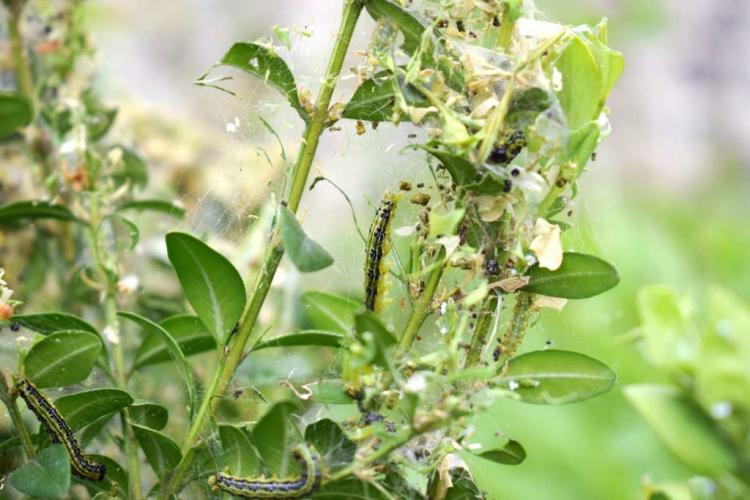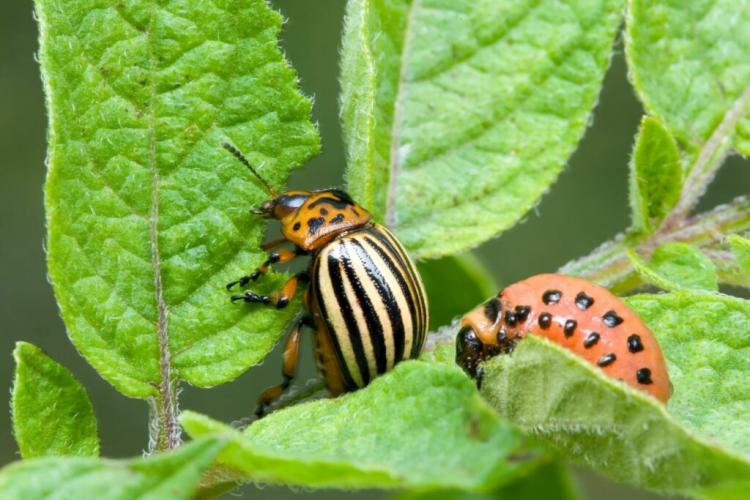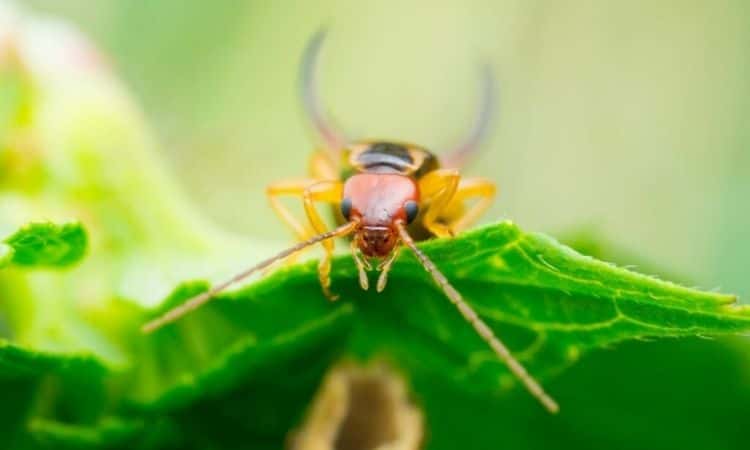Cocoa moths: looks and tips to control
How do you recognize the appearance of the cocoa moth (Ephestia elutella), also known as the storage moth? How does the moth harm us and how do you control it? We show how to get rid of storage moths using natural means.
Ephestia elutella is a moth with many names. The storage pest is known under the names cocoa moth, storage moth, tobacco moth, or hay moth. None of these names is a coincidence but simply refers to one of the products that the little borer likes to attack. This also makes it immediately clear why the butterfly is a pest in our eyes.
The larvae contaminate a whole range of products that are dear to us: from foods such as cocoa beans and other chocolate preparations, grains, nuts, and dried fruits to luxury items such as tobacco to straw and hay. The cocoa moths can cause minor damage in private kitchens and pantries as well as major problems in warehouses and grain stores or silos. In the following sections, you will find out how you can recognize the small stored pests in your household and combat them in a targeted manner.
Cocoa moths: origin and characteristics
Table of Contents
The cocoa moth is a native pest and comes from Central Europe. The species is also found here in the wild but has adapted very well to humans and their habit of storing food over time. Through the worldwide trade in products, the butterfly eventually made it to the southern parts of Europe, to North America, and finally to the whole world.
The adults fly with us from May and well into autumn, sometimes until November. During this time, the eggs are usually laid directly in a usable food supply, for example, a grain silo or an open pack of tea, chocolate, or oat flakes. The larvae hatch directly in a food paradise and can develop into new butterflies within 40 to 100 days, depending on the temperature, humidity, and food available.

This is how you recognize storage moths
To recognize a storage moth infestation, one has to look for a few typical signs, because the adults do not always fly through the kitchen clearly visible. Often only the inconspicuous larvae or their webs can be found.
You might so like: How To Protect Grapes From Birds And Wasps?
The appearance of the cocoa moth
The adult cocoa moth is a small, inconspicuous butterfly about one centimeter in length and up to two centimeters in wingspan. The slightly shiny front wings of the moth are brown-gray in color and streaked with a few dark horizontal stripes. The hind wings appear a little lighter – almost silvery – and are adorned with a fringed hem on the edges. The larvae, which are usually found directly in the stored food, are up to 15 millimeters in size, maggot-shaped caterpillars with a dark head and – depending on the food – a whitish to the yellowish body.
Recognize storage moth damage
The adult animals in flight or the caterpillars are not always to be found directly in the food. Nevertheless, the little animals leave traces in the infected products. The webs of the larvae cause cereal grains, flour, or tea leaves to clump together. The pattern of damage is therefore very similar to that of the flour moth ( Ephestia kuehniella ) and is difficult to distinguish from it. An exact determination of the food moths is not necessary in this case. In any case, stuck products must be disposed of immediately.
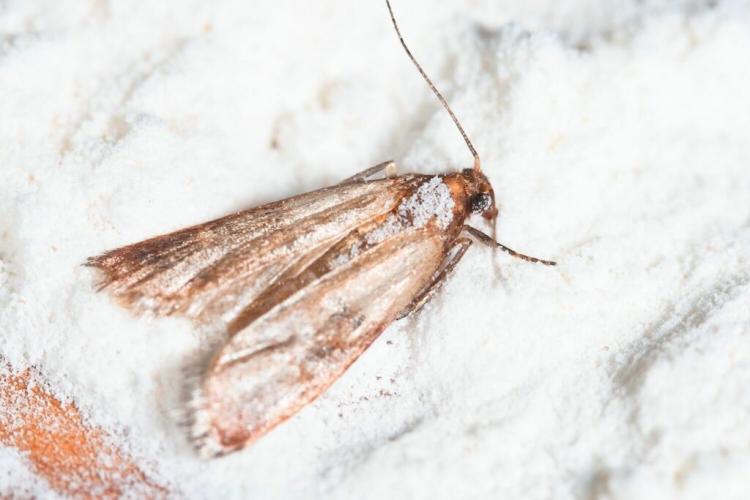
Cocoa moth control: how to get rid of them, of course
If you want to declare war on the small pests, you are spoiled for choice between a whole range of conventional control methods. The classic here is chemical moth sprays, which are supposed to kill small pests. Such chemical clubs, however, are often based on ingredients that are neither good for the environment nor health. A sustainable and harmless method, on the other hand, is the use of parasitic wasps. The tiny beneficial insects are the natural opponents of the moths and fight them safely and efficiently. But here, too, the following applies: First of all, contaminated food must be completely disposed of, because the webs and larvae excrement are harmful to health.
You might so like: Butterfly Friendly Plants: The 10 Best Species
Since parasitic wasps are living helpers and only have a short lifespan, they cannot simply be bought at the hardware store. Instead, the beneficial insects are delivered directly and fresh from the manufacturer – just like our Plantura parasitic wasps against food moths. You will receive these on small cards that you simply have to lay out in the affected areas. The number of cards depends on the size of your kitchen or pantry.
For a normal size kitchen, we recommend placing four cards. Put out the cards as soon as you receive them because the parasitic wasps hatch a short time later and get to work immediately. They look specifically for moth eggs and parasitize them very efficiently. To ensure complete elimination of the pests – as well as any subsequent generations – this process must be carried out four times, which is why you receive three more free deliveries of fresh parasitic wasps on small cards every 14 days.
The ichneumon wasps themselves are extremely discreet helpers. Hard to see with the naked eye, they do not represent any disturbance. After the work is done, the animals die after only a few days, as they can no longer reproduce themselves without moth eggs. In addition, parasitic wasps are completely harmless to you, your children, or your pets – they don’t even have a stinger.
Summary: This is how easy it is to fight cocoa moths with parasitic wasps
- Order your parasitic wasps against food moths (the number of cards depends on the size of your kitchen/pantry: one card covers one square meter).
- Layout the cards in the affected area for 14 days.
- You will receive a free follow-up delivery of fresh parasitic wasps every 14 days.
- Repeat the application for another 3 x 14 days.
Tip: You can continue to use hormone traps for the male moths during the application, they do not disturb the parasitic wasps. This way you can see exactly how the population is getting smaller from week to week.
Prevent storage moths
Once you have fought the annoying pests, you naturally want to protect your supplies from an infestation in the future. The best way to do this is to use airtight glass or plastic containers in which you can safely store your food. Because the thin paper and plastic packaging in which the food is normally delivered unfortunately does not offer sufficient protection and is therefore unsuitable for longer storage.
You might so like: Box Tree Moth Recognizing: Signs And Pictures
The small storage moth caterpillars simply eat their way through the thin material. You should also refill freshly bought food because sometimes moths can get into the packaging at the producer. Regular vacuuming also ensures that the pests do not even settle in the apartment.

If you have had frequent problems with food moths in your home, it may also be worthwhile to take a closer look at the occurrence of the moths. For this purpose, there are so-called pheromone traps, which attract the adult males with a bewitching scent and lure them into a glue trap. Here, however, the following must be observed: Such moth traps are only a means of indication and identification and are by no means sufficient to combat an infestation with cocoa moths.
Summary – prevent storage months:
- Transfer food to airtight glass or plastic containers for storage
- Also, check freshly bought food
- Vacuum regularly
- Optional: attach pheromone traps for quick detection of infestation
Ichneumon wasps have proven to be an effective solution against a wide variety of pests. You can find more information on biology and benefits in our large parasitic wasp profile.
